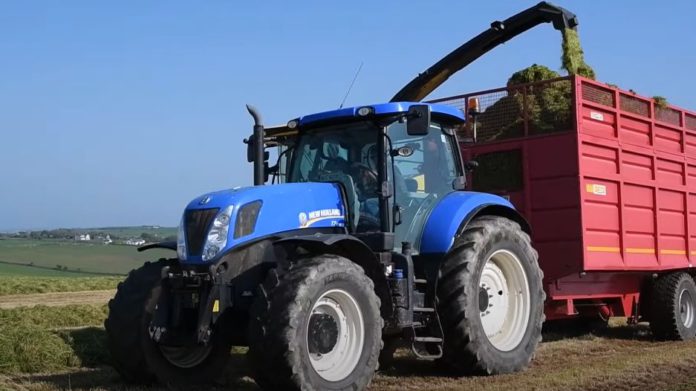CEETTAR estimates that in the region of 6.3 million vehicles in EU member states require its proposed T-licence, which it believes will improve safety on all EU roads.
In an eight-page submission to the EU Commission, it suggested that a T-licence is valid for agriculture and forestry vehicles and yellow machines (NRMM). It says it is “particularly” recommended for heavier and faster vehicles.
It suggests that countries should maintain the existing national driving licence, based on already existing national rules, without making it compulsory to implement a new T-driving licence for national agricultural use.
The number of active machines which require a T-licence, as per proposal:
- Germany (only tractor): 1000000;
- France: 400000;
- The Netherlands: 400000;
- Ireland: 92500;
- Denmark: 70000.
The above figures refer to the vehicles per ha of agricultural land in relation to data that it has received from a selection of five EU member states. These countries, which are listed above, include Ireland, France, Denmark, Holland, and Germany.
Vehicles
Furthermore, the machines it proposes that the new EU T driving licence should include are:
- Vehicles with a maximum construction speed of 40 km/h;
- Vehicles covered by EU directive 167/2013;
- The future non-road mobile machinery machines with a maximum speed of 40 km/h;
- Machines with the same characteristics of these to directives;
- There should not be a possibility to make exceptions based on the sector for which these machines are operating.
According to its submission document driving licences should be for both agricultural and non-agricultural work, and speedy and capacity limitations should apply.
It is of the view that obtaining the driving licence should be “specific” to the sector and accessible to “the widest” number of candidates.
Other articles on That’s Farming;
To share your story, email Catherina Cunnane – [email protected]





